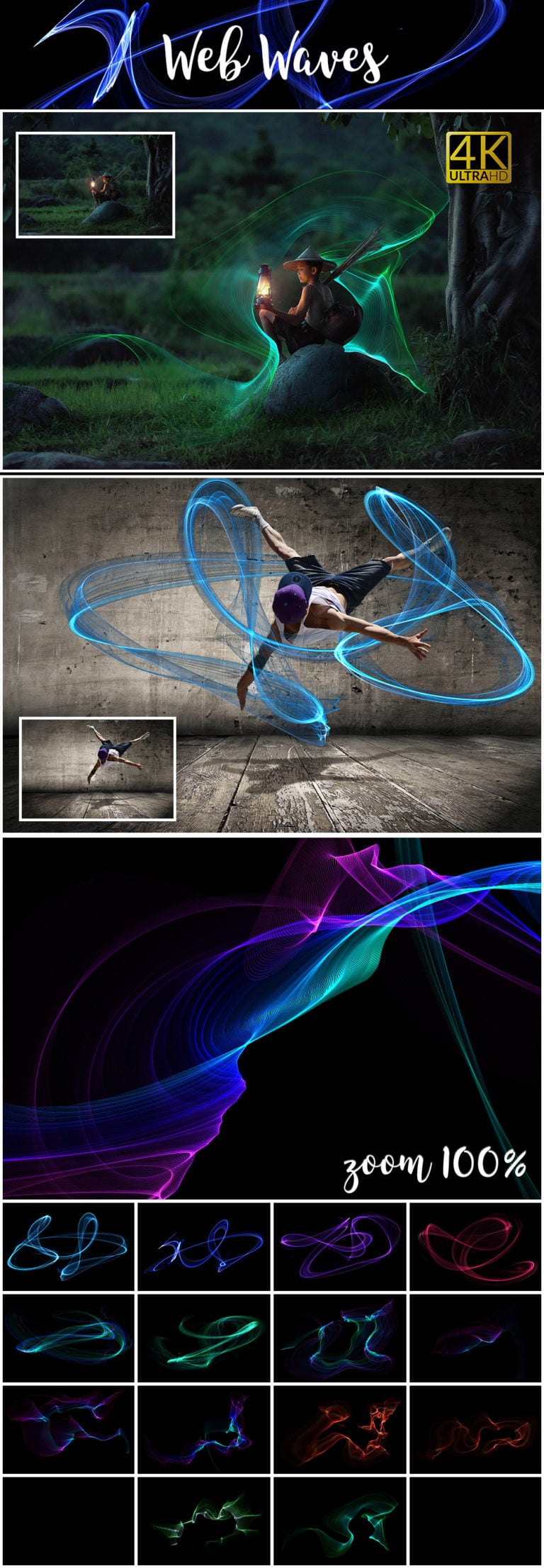

Instead of relying on the memorized position of keys, the typist must find each key by sight. "Hunt and peck (two-fingered typing) is a common form of typing, in which the typist presses each key individually. Hunt and peck/two finger typing/keyboarding Specifically, a touch typist will know their location on the keyboard through muscle memory. Touch typing (also called touch type or touch method or touch and type method) is typing without using the sense of sight to find the keys. Some of these are easily confused, this confusion can easily led to 'much ado about nothing', for example no matter the enthusiasm for touch-typing, no one is considering abandoning the teaching of handwriting, cursive maybe, but handwriting? No.

In the interests of clarity it's important to establish from the outset that there are at least four different ways of coding meaning using the symbols we call 'letters' that equate to sounds that we in turn translate into words, in other words- writing. I think it helps if we stop and consider what it is what we are really talking about, it's not about typing or writing, typing is writing, what do we mean when we talk about writing? The danger with this issue is that it quickly devolves into an 'us vs them' argument, this is not a an argument we need to have, and not one I intend to get drawn into here, besides others far more eloquent than I have already done this far better than I could, such as this article from The New York Times. Keyboarding removes this burden, enabling students to work on things like sentence structure and grammar while they type." ( Typing Club Handbook) When typing with two fingers (hunt and peck), "the visual and frontal cortices of the brain are forced to focus on where individual keys are located. Once you are able to type with all ten fingers without needing to look down at the keyboard, your overall productivity when using a computer will improve dramatically. This may come as a surprise to many, but typing faster is not the primary objective of learning to touch-type rather it is a desired side effect.

All of this reading led me to the point I am now, namely a great deal more aware of the tensions, and especially the misconceptions that surround this issue. I worked with some colleagues to write an article on this very topic for the college magazine, Dunia, an exercise that required us to read a wide range of research on the topic, the outcome of which I have summed up at the bottom of this post if you're interested. Hunting for keys and pecking at the keyboard, before eventually, and with great trepidation, looking up at the screen only to be presented with a mangled representation of the thoughts I so diligently delivered with my not so deft strokes-littered with the red lines demanding that I attempt again to wrestle the meaning from the scrambled melange of words, words that barely resemble the ideas I am attempting to represent, even now fading from my short term memory… Have you ever sat in the proximity of someone writing who can touch-type? They sit nonchalantly in front of the screen, their fingers dancing over the keys meanwhile I sit hunched over the keyboard like Gollum, forehead facing the screen instead of, well, my face.


 0 kommentar(er)
0 kommentar(er)
